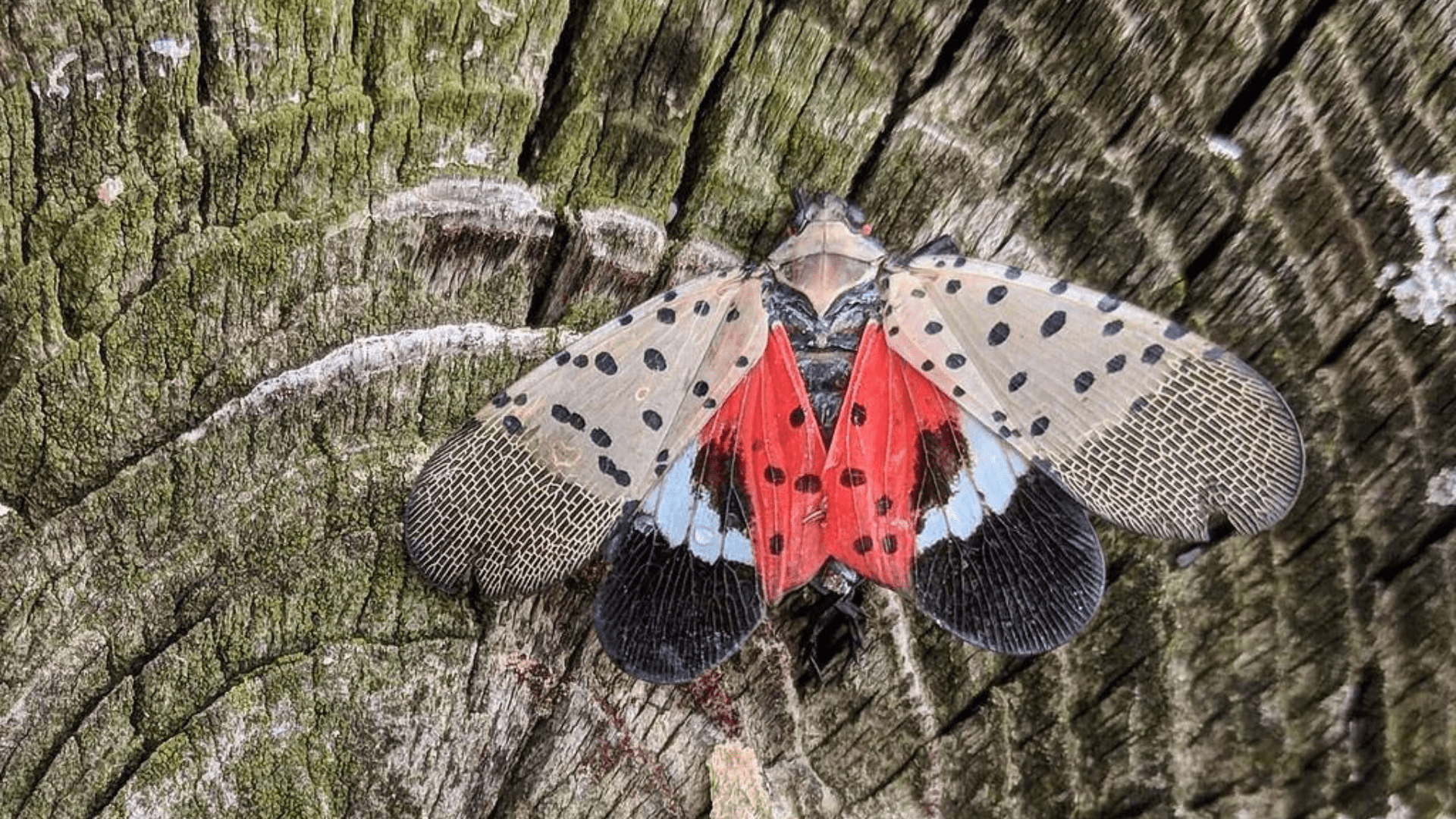
The Chinese lanternfly (Lycorma delicatula), also known as the Spotted lanternfly, is an insect species causing great concern in the forestry industry in North America because it destructively feeds on over 100 species of trees and other plants. Let’s take a closer look at this insect and why it matters to the forestry industry.
The Origin and Spread of the Spotted Lanternfly in the United States
The Spotted lanternfly originated in China and other parts of Asia. As an adult, it can jump, walk or fly short distances. However, this insect spreads mainly by laying eggs on various surfaces such as vehicles and equipment.
The bugs don’t sting or bite, nor are they venomous, so they’re not harmful to humans or pets. However, they present a serious threat to the forestry industry. For that reason, industry stakeholders have been closely monitoring the Spotted lanternfly.
The eggs get relocated, sometimes across long distances, leading to the spread of this insect across vast geographical areas. The bug lays its eggs in the fall on the smooth surfaces of a host plant or non-host material. In the spring or early summer, the eggs hatch into nymphs that feed by sucking the sap from the stems of leaves of host plants.
The Spotted lanternfly can feed on a wide variety of host plants. However, the adults prefer feeding on the grapevine (Vitus vinifera) and the tree of heaven (Ailanthus altissima). The insect first appeared in Berks County, Pennsylvania, in 2014. Since then, this invasive species from Asia has spread across North America.
Effectively Controlling the Spread of the Spotted lanternfly in the United States
The Spotted Lanternfly eats a variety of fruits including grapes and other fruit trees. These flies are invasive and can be spread among significant distances if people move items containing egg masses. The biggest threat to the U.S. is that this fly can impact the grape, orchard and logging industries.
In Pennsylvania, the Spotted lanternfly’s point of origin in the United States, scientists from the U.S. Department of Agriculture collaborated with their Chinese counterparts to import tiny wasps that are the insect’s natural enemies in China. Pest control experts have also proposed other ways to combat the spread of these bugs.
For example, they suggested setting up sticky traps on trees. However, pest control experts caution that these traps may capture other small animals. They recommend placing a screen layer on the trap to prevent it from trapping birds.
The Virginia Department of Agriculture and Consumer Services encourages the public to adopt habits that prevent the accidental transportation of the insects’ eggs. The department urges people to, for example, purchase local firewood and burn it all before the eggs hatch.
Additionally, the agency urges the public to avoid parking their vehicles near bushes and under trees where the Chinese lanternfly is known to hide and lay eggs. Raising public awareness of the insect can also help curb its spread. For that reason, many states are teaching residents how to identify the Spotted lanternfly’s eggs so that they can destroy them on sight.
Forestry experts believe the most effective way to destroy the eggs is the good old-fashioned way of crushing them or dousing them in hand sanitizer, 10% diluted Clorox or alcohol. Professional coordinated pest control methods may, however, be necessary for larger populations of these bugs.

